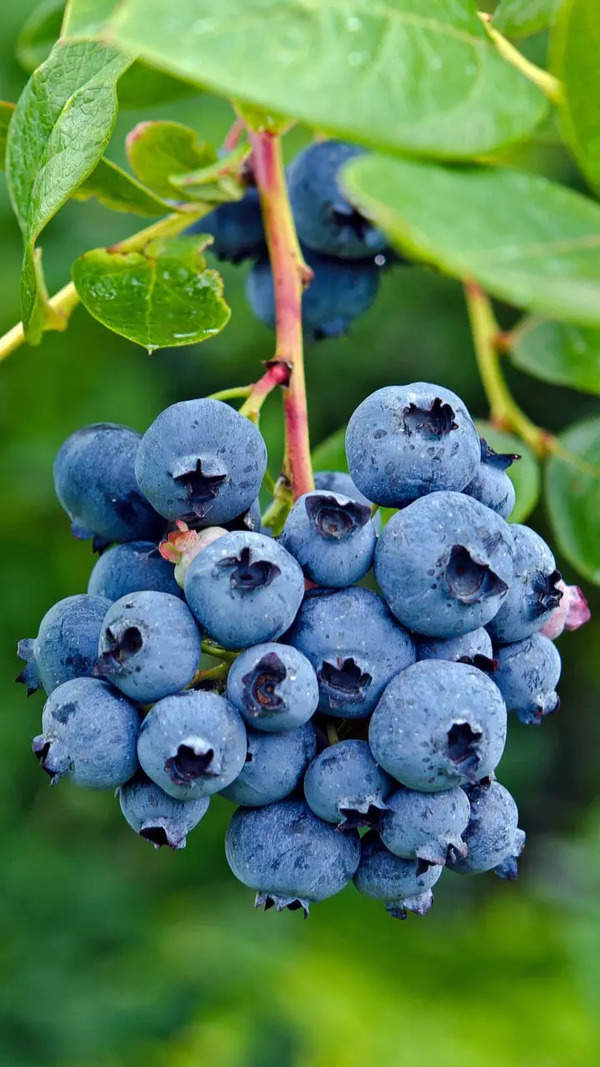- News
- City News
- chandigarh News
- Stubble to stove: Turn straw into year-round kitchen fuel
Trending
Stubble to stove: Turn straw into year-round kitchen fuel

The solution manages problematic paddy straw and generates free kitchen fuel year-round.



Aimed at the domestic scale, the innovation has the potential to curb the burning of paddy stubble. Developed by PAU’s renewable energy engineering department under the leadership of principal scientist Sarbjit Singh Sooch, the dry fermentation biogas plant has been approved by the Ministry of New and Renewable Energy but its use remains limited to institutional settings until it attracts more farmers.
Sooch said: “The plant uses paddy straw in batches of 15 quintals. Since one acre produces about 20 quintals of straw typically, the plant can handle the stubble from 3 acres and generate 3-4 cubic metres of biogas a day, equivalent to about 3 cylinders a month.” The plant also generates slurry every three months, which is easy to manage. While cow dung is also a raw material, it is required in small quantities, making it unnecessary for the plant to be fed daily. No requirement of daily feeding means that farmers without cattle can also install it.
Despite its efficiency and ease of operation, farmers are reluctant to adopt these plants due to the high initial cost. The govt has received proposals for increased subsidies but is able to offer the farmers only Rs 14,500 for each plant — the same as for cow-dung-based plants. The PAU recommends a 60-70% subsidy to encourage wider adoption. As a result, only 20 units have been installed in the region, so far. Of these, 14 are demonstration units set up in PAU’s Krishi Vigyan Kendras (KVKs) and four are installed in Haryana. Only two farmers in Punjab have installed this plant.
We also published the following articles recently
UK set to close its last coal plant this month, only clean energy from October
The UK's last coal plant, Ratcliffe-on-Soar, will close on September 30. Coal's share of electricity generation dropped from 39% in 2012 to almost zero by October 2024, replaced largely by wind and solar power. This shift has drastically cut power sector emissions and marks a historic move towards renewable energy.
The UK's last coal plant, Ratcliffe-on-Soar, will close on September 30. Coal's share of electricity generation dropped from 39% in 2012 to almost zero by October 2024, replaced largely by wind and solar power. This shift has drastically cut power sector emissions and marks a historic move towards renewable energy.
Why pistachios are considered to be a good source of plant-based protein
Pistachios are a valuable addition to vegetarian diets due to their plant-based protein, fiber, healthy fats, and essential vitamins and minerals. They promote digestive health and provide antioxidants. These versatile nuts are easy to snack on and can be enjoyed alone or with other foods for a nutritious treat.
Pistachios are a valuable addition to vegetarian diets due to their plant-based protein, fiber, healthy fats, and essential vitamins and minerals. They promote digestive health and provide antioxidants. These versatile nuts are easy to snack on and can be enjoyed alone or with other foods for a nutritious treat.
The benefits of the Tulsi plant in Vastu Shastra
The Tulsi plant is highly valued in Vastu Shastra for its ability to bring positive energy, prosperity, and good health when placed correctly. Benefits include promoting mental clarity, spiritual growth, financial stability, and purifying the environment. Ideal placement is in the east or north-east direction of the house or garden for optimal results.
The Tulsi plant is highly valued in Vastu Shastra for its ability to bring positive energy, prosperity, and good health when placed correctly. Benefits include promoting mental clarity, spiritual growth, financial stability, and purifying the environment. Ideal placement is in the east or north-east direction of the house or garden for optimal results.
End of Article
FOLLOW US ON SOCIAL MEDIA










